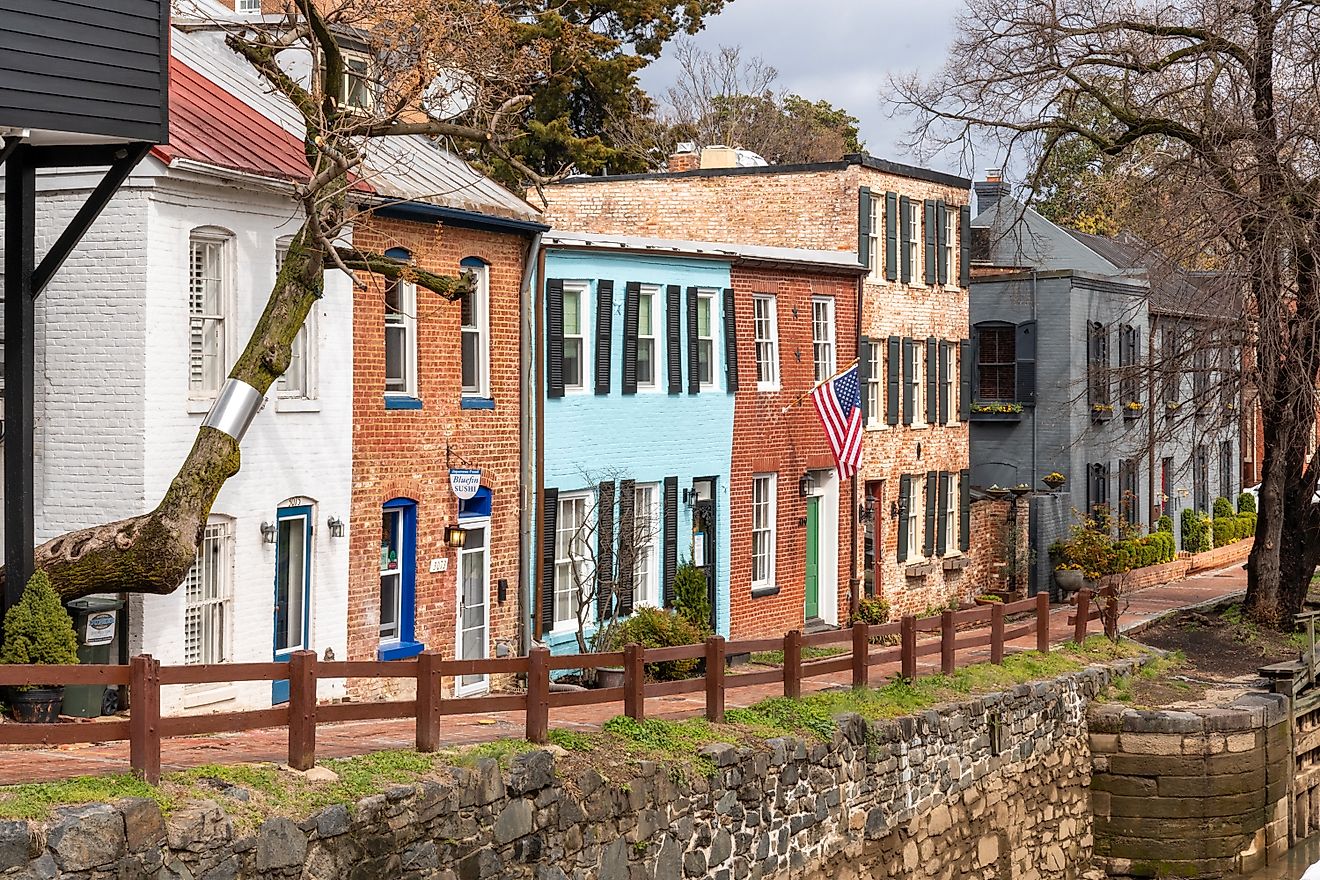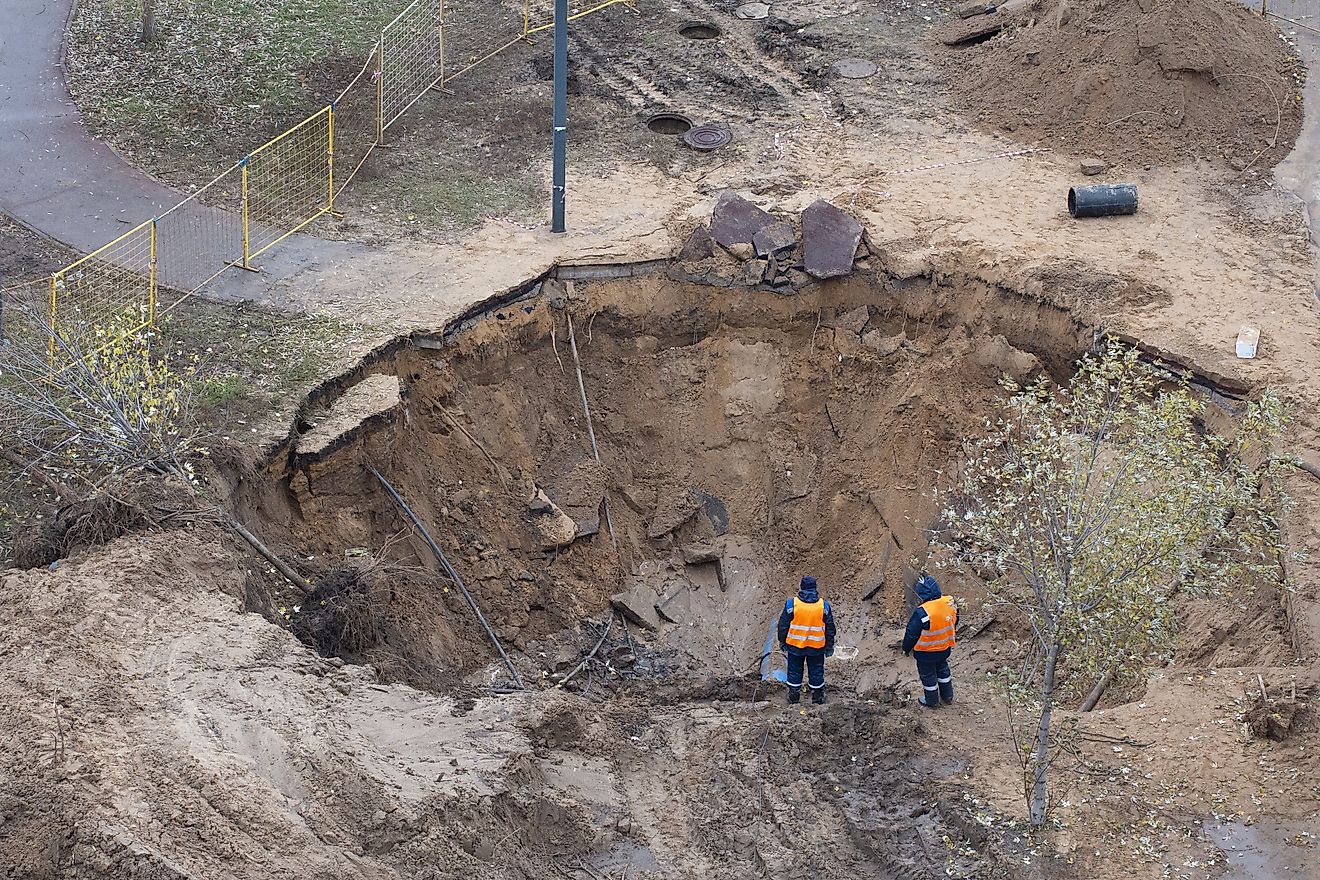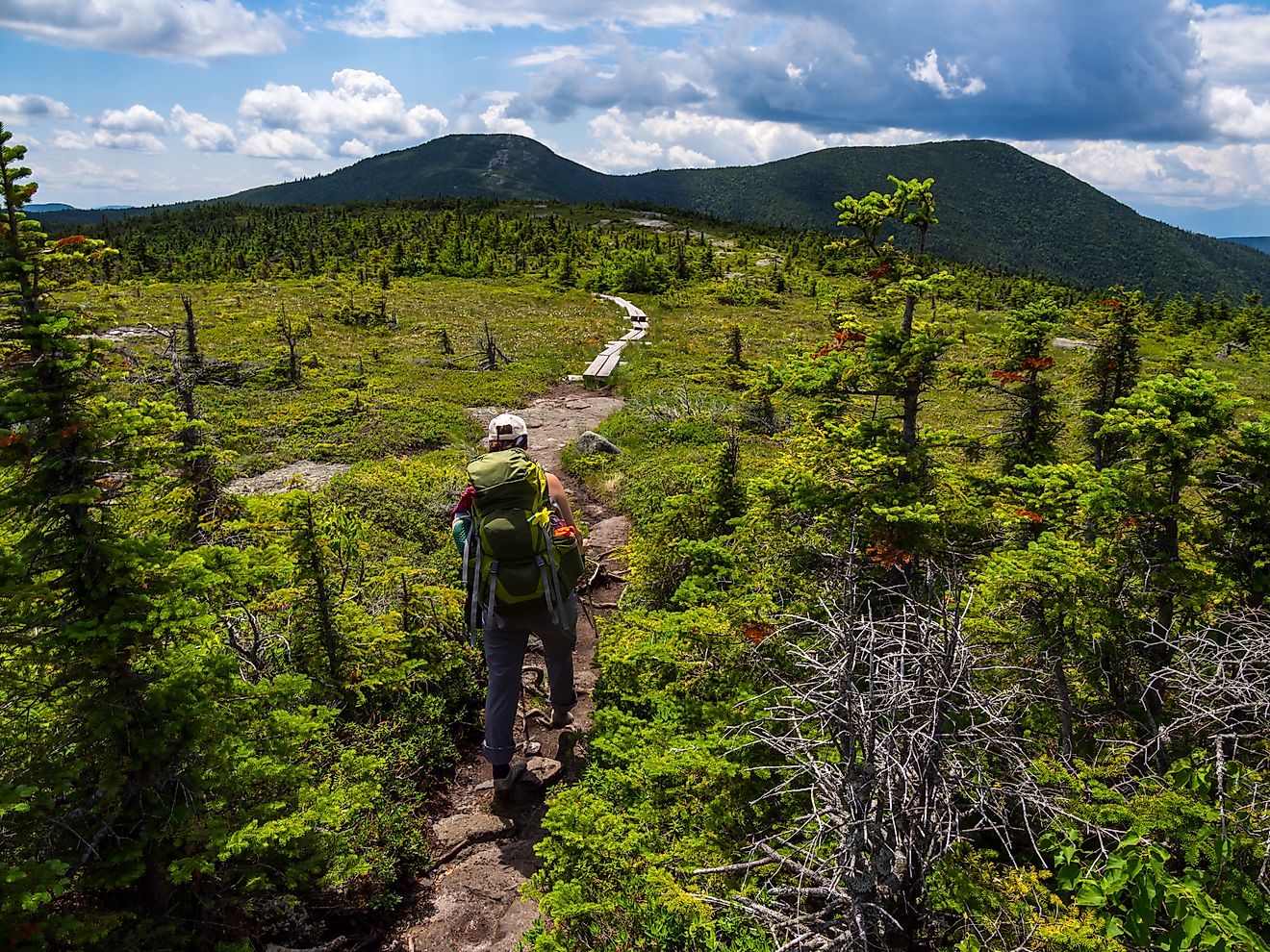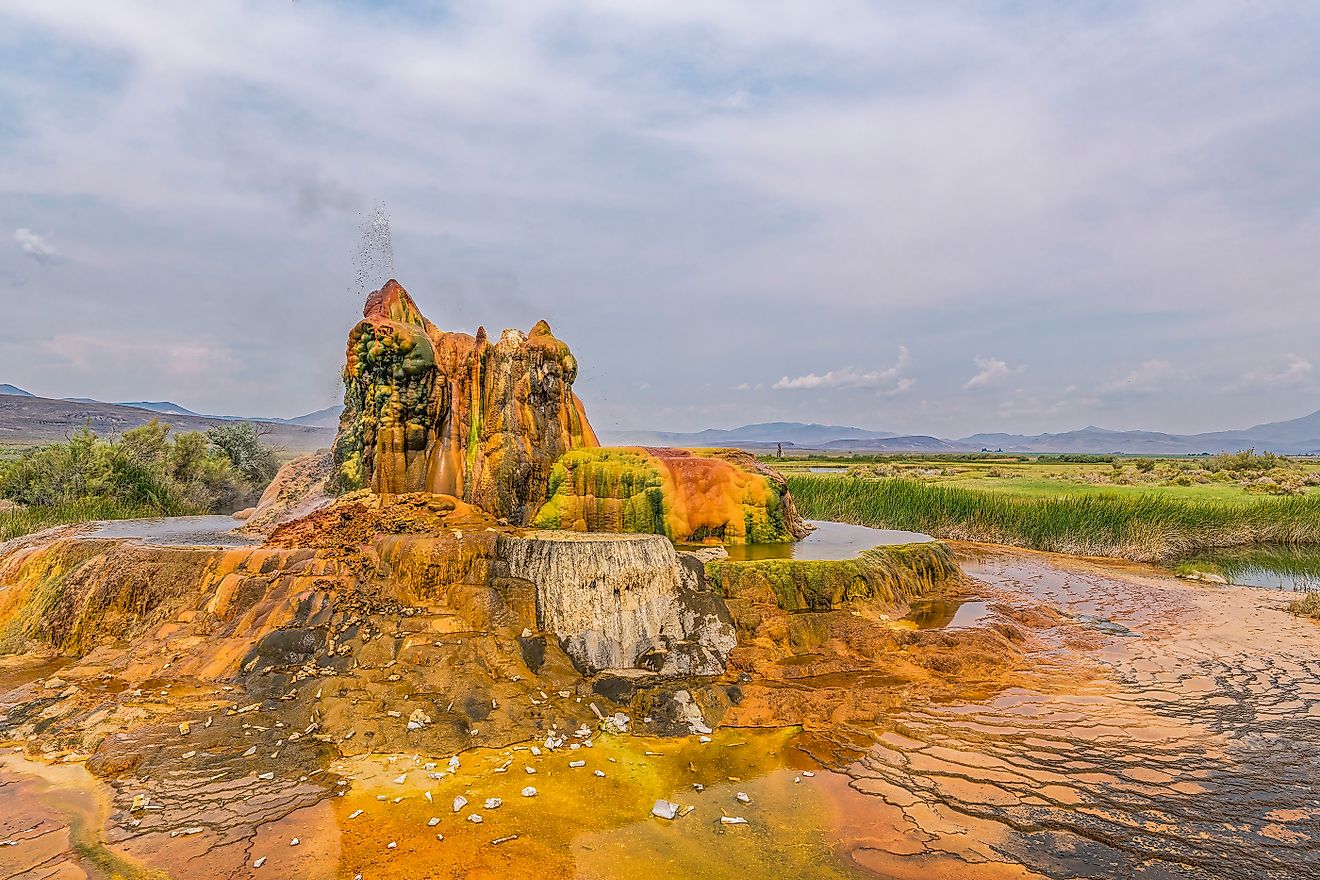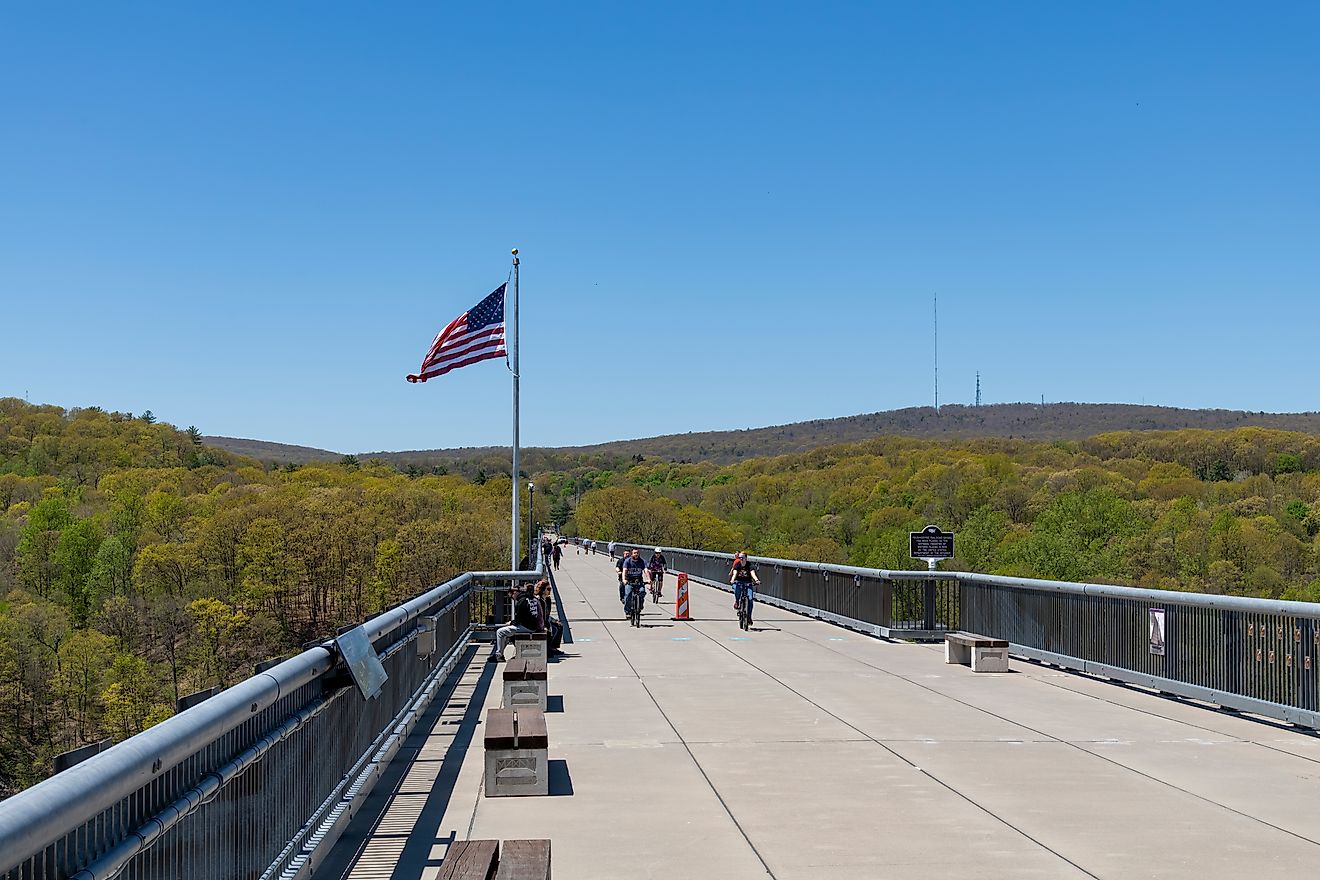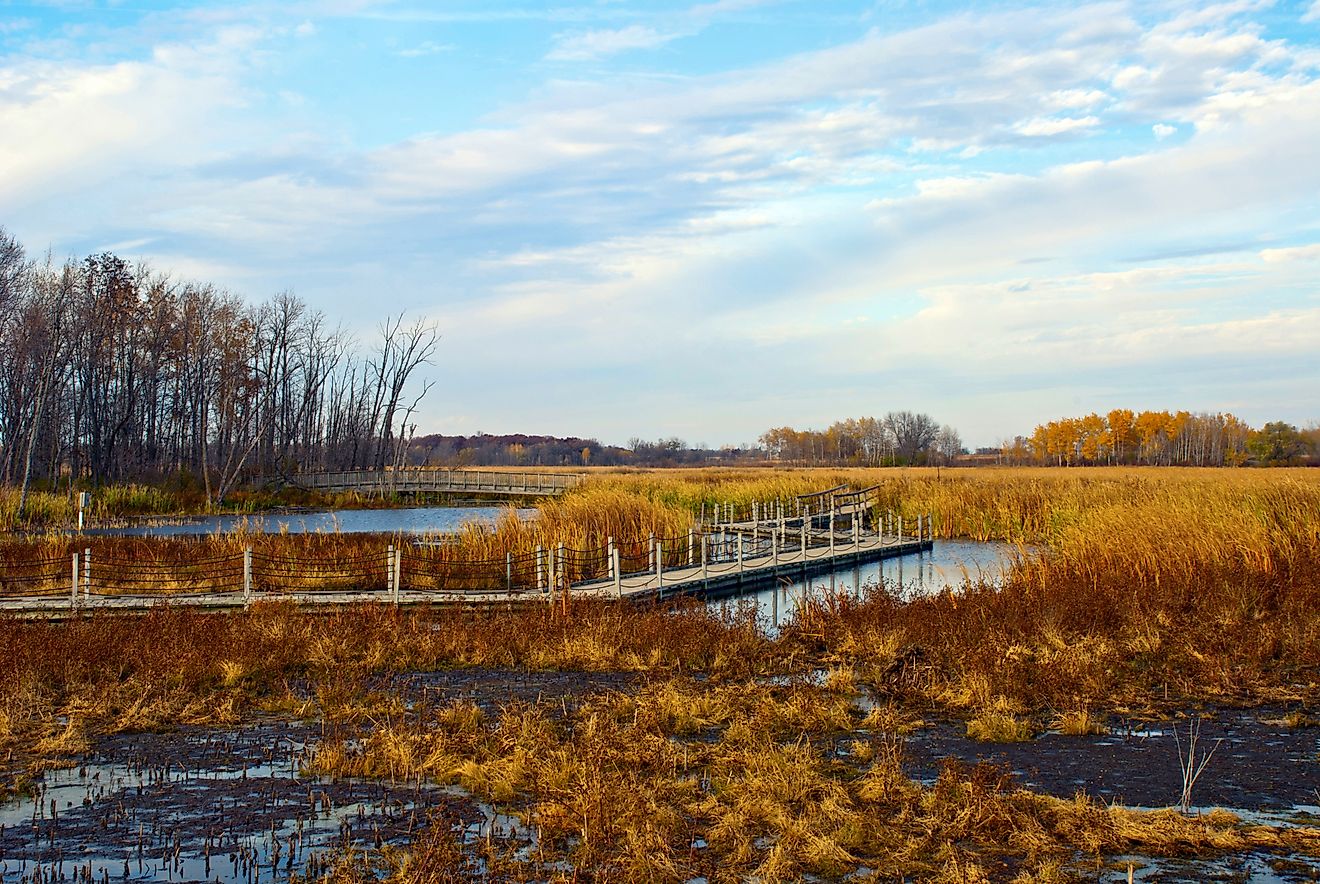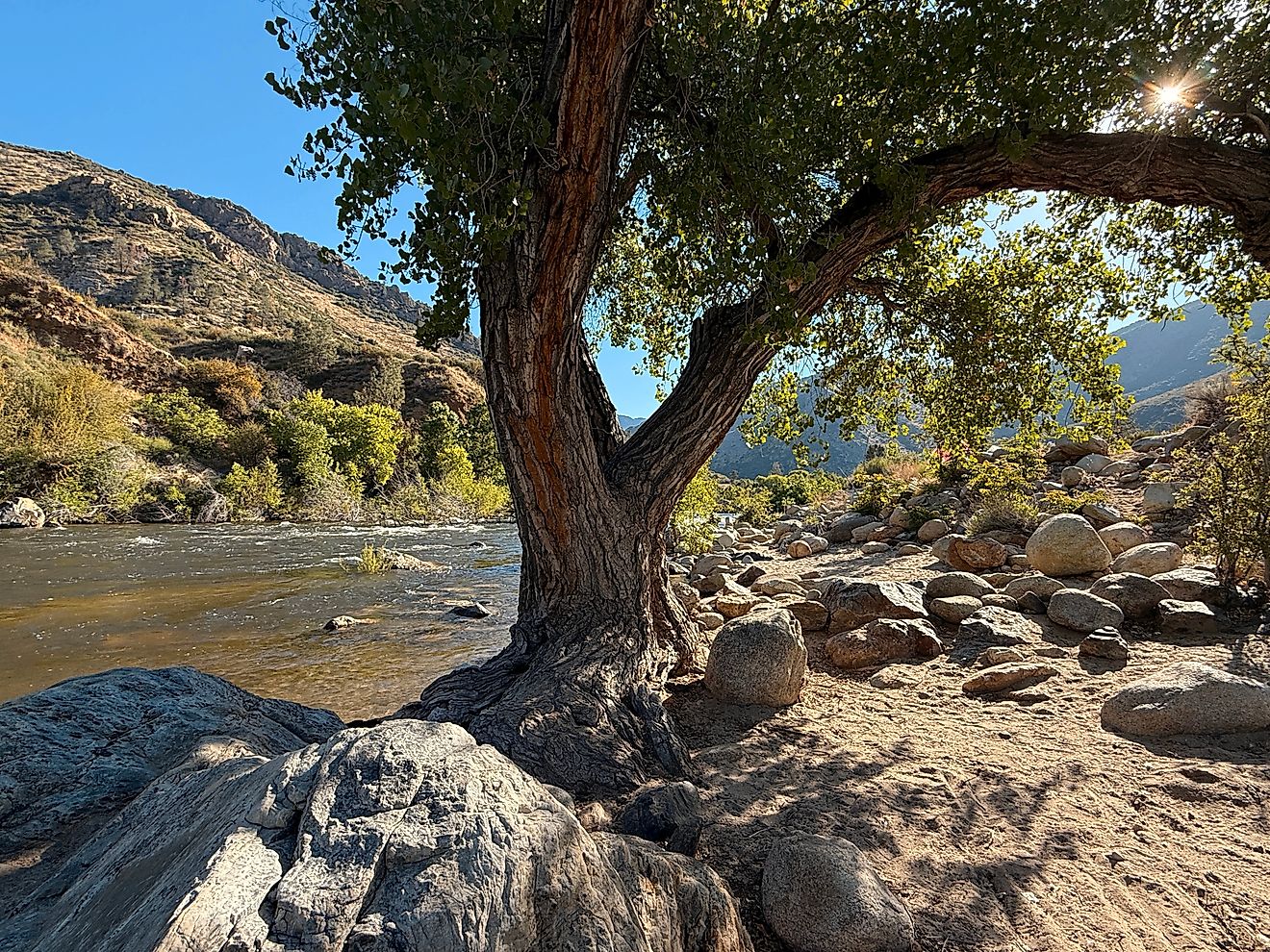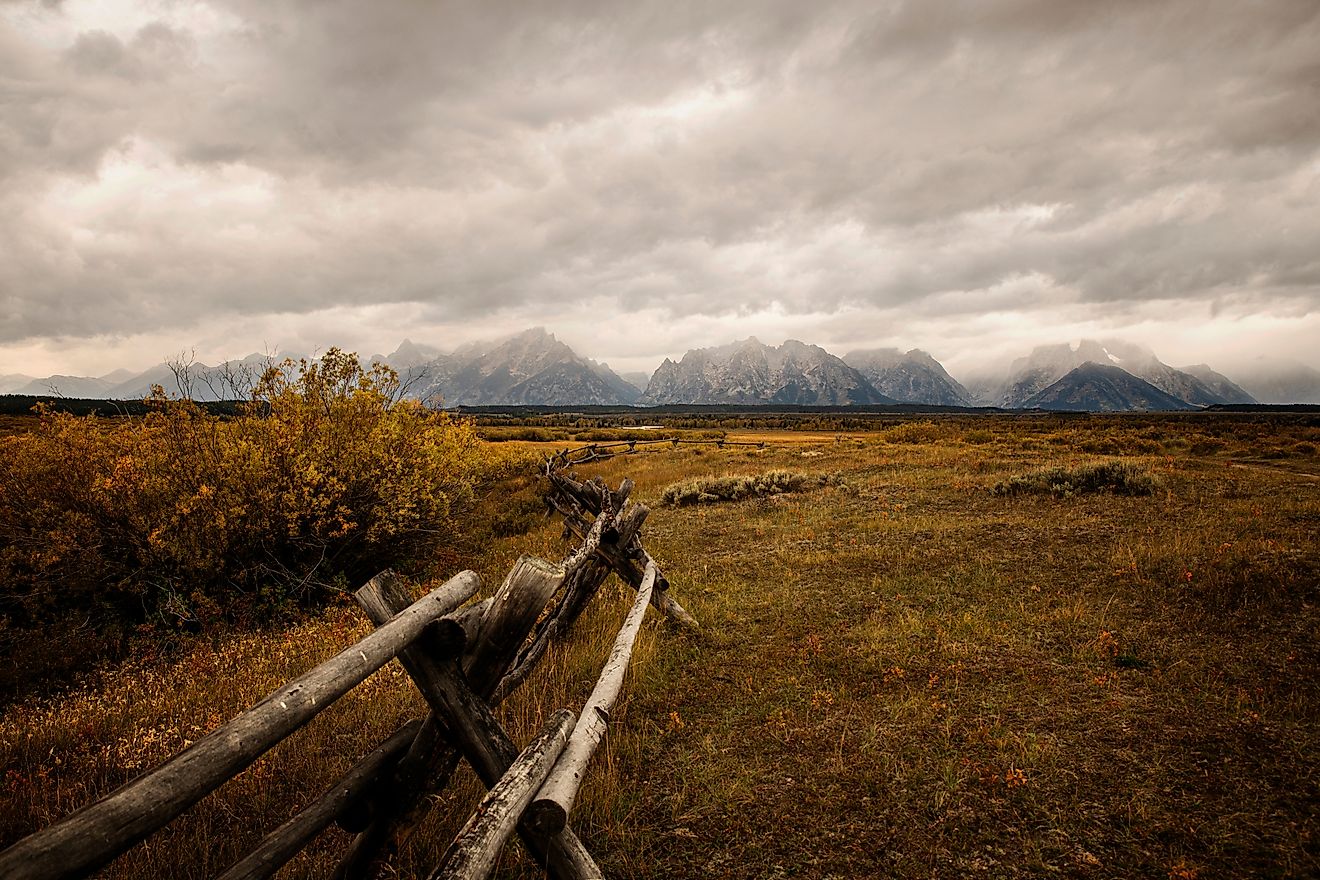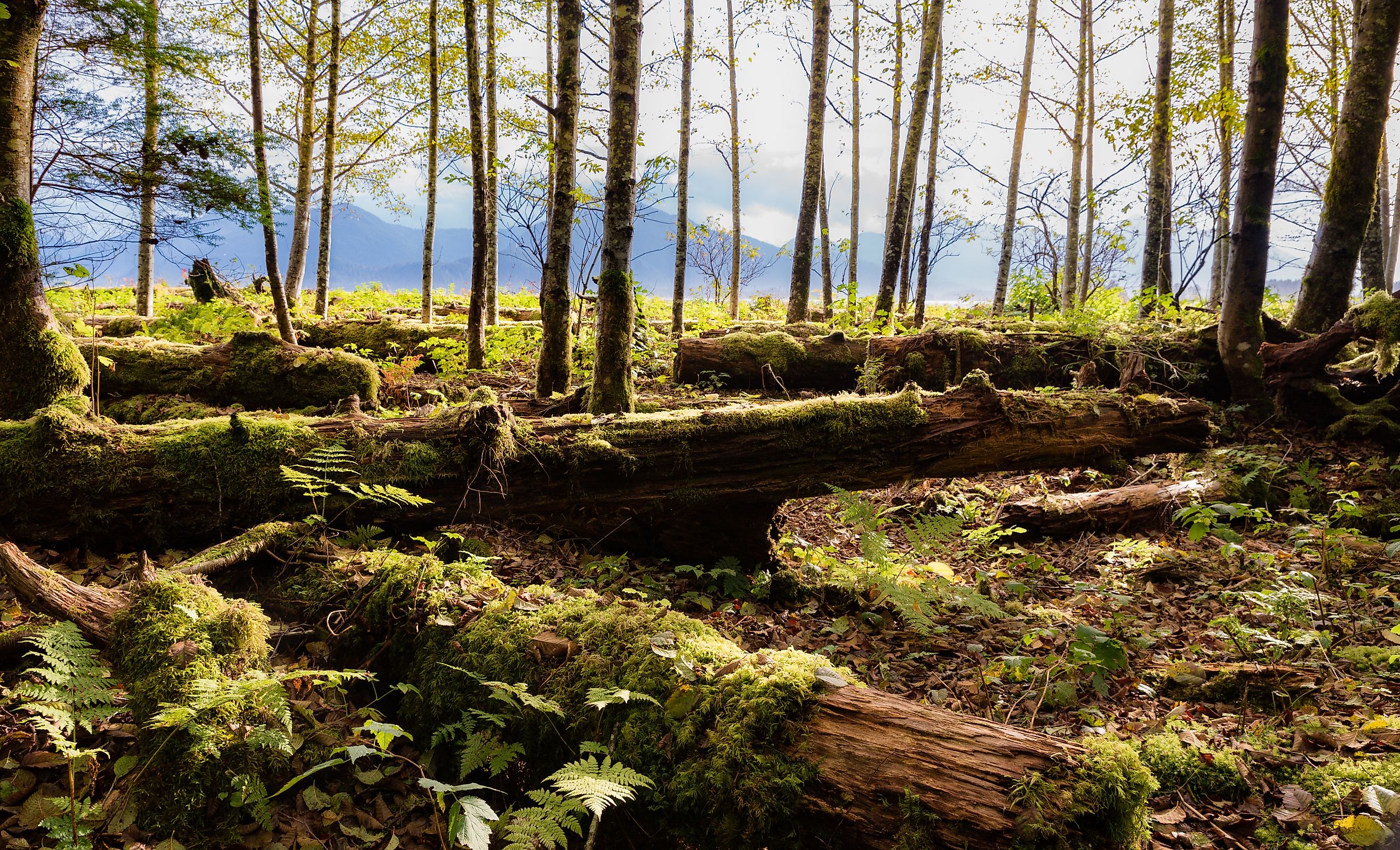
America's Oldest Forests
America’s forests tell stories older than our nation itself. Some have withstood ice ages, volcanic eruptions, and millennia of transformation, serving as living museums of natural history. These forests aren’t just scenic—they’re among the oldest living ecosystems in the world, offering glimpses into Earth’s distant past and reminding us of the resilience and wonder of nature.
From fossilized remains of prehistoric swamps to stands of towering old-growth trees that predate European colonization, the oldest forests in the United States are both breathtaking and humbling. Whether you're a hiker, a history lover, or simply in awe of ancient places, these six forests deserve a spot on your radar.
Learn about the six oldest forests in America, when they began, and what makes them uniquely worth visiting.
Petrified Forest National Park, Arizona
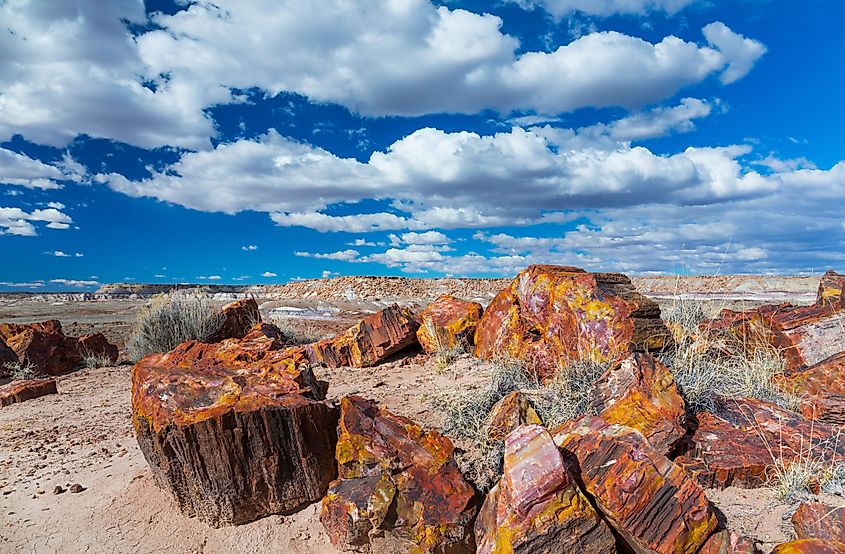
Estimated Age: Over 200 million years
Founded as a national monument: 1906
Designated a national park: 1962
The title of America’s oldest forest belongs—somewhat ironically—to a forest that’s been dead for over 200 million years. But don’t let that stop you. The Petrified Forest National Park is a mind-bending geological marvel where ancient trees have turned to stone, frozen in time during the Late Triassic period.
Back when dinosaurs still roamed, this area was a lush lowland fed by rivers and dominated by massive conifers. Volcanic ash buried the trees, and over eons, minerals slowly replaced organic material, turning wood into quartz-like fossils. Today, the land is part forest, part desert—colored badlands filled with shimmering fossilized logs.
Visitors can walk trails like Crystal Forest and Blue Mesa, where rainbow-hued petrified wood lies in massive clusters. It’s the closest thing to time travel in the American Southwest.
Congaree National Park, South Carolina
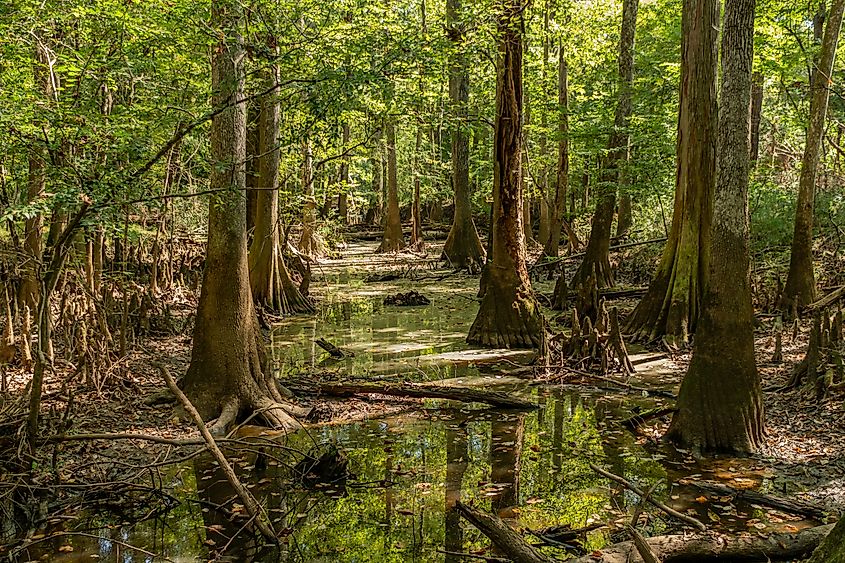
Estimated forest age: Over 11,000 years
Established as a national park: 2003
South Carolina’s Congaree National Park protects the largest remaining tract of old-growth bottomland hardwood forest in the US, and it sits atop land that’s been forested since the last Ice Age.
What makes Congaree unique is its biodiversity and hydrology. The Congaree and Wateree Rivers regularly flood the forest floor, bringing rich sediments that fuel the growth of some of the tallest trees in the eastern US. You’ll find towering loblolly pines, sweetgums, and bald cypress, some over 130 feet tall and centuries old.
Walking the 2.4-mile Boardwalk Loop Trail, you’re immersed in a surreal landscape of cypress knees, mirrored waters, and a chorus of frogs and birds. It’s quiet, lush, and feels almost primeval.
While it didn’t receive national park status until 2003, efforts to protect this land began in the 1960s, and its roots go back well into prehistoric human history—artifacts show that Native Americans occupied the area for thousands of years.
Tongass National Forest, Alaska
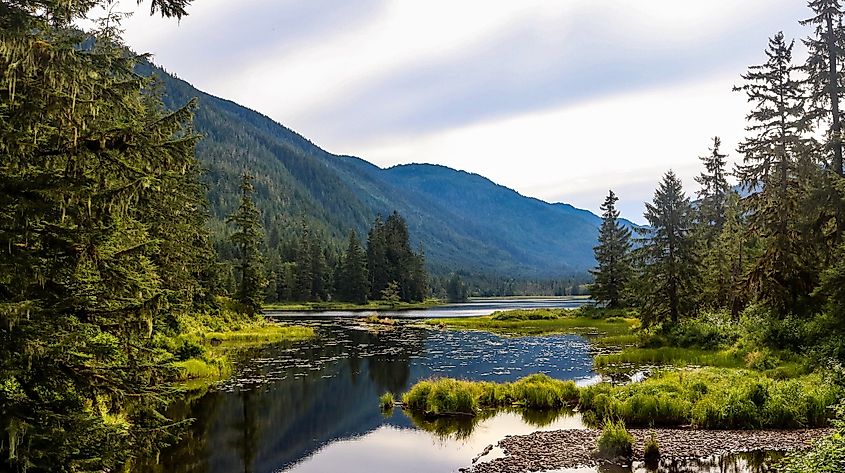
Estimated age: Around 12,000 years
Established: 1907
At nearly 17 million acres, Tongass National Forest is not only the largest national forest in the United States but also one of the oldest surviving temperate rainforests in the world.
Formed after the last glaciers receded about 12,000 years ago, Tongass covers much of Southeast Alaska. Its old-growth Sitka spruce, western hemlock, and red cedar trees are hundreds of years old, and some groves have never been logged. It’s a dense, misty, and untamed place where bears, wolves, bald eagles, and salmon thrive under the shadows of moss-draped trees.
Tongass is also home to native Tlingit, Haida, and Tsimshian communities who have lived off the land for thousands of years. Whether you kayak through the Inside Passage, hike near Juneau, or visit the Mendenhall Glacier, the forest’s sheer scale and age are unforgettable.
Though large swaths have been threatened by logging and political shifts, preservation efforts continue, making this an important ecological stronghold.
Pisgah National Forest, North Carolina
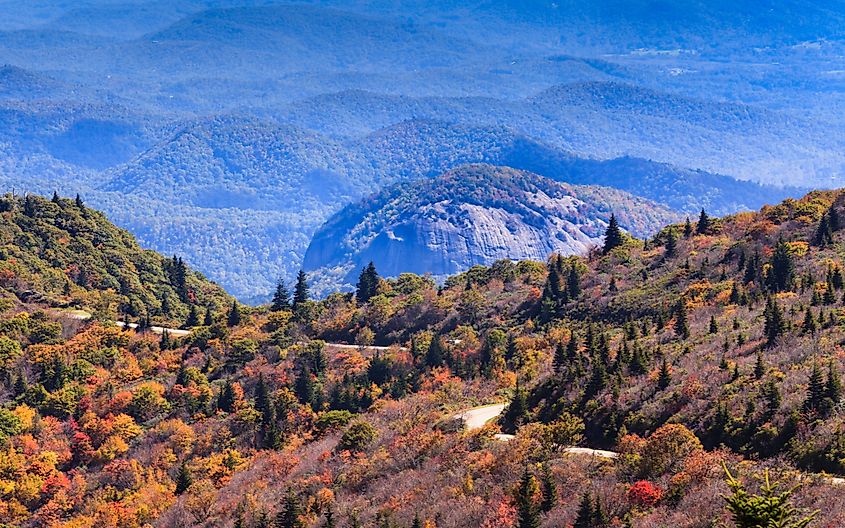
Estimated forest age: ~10,000 years
Established: 1916
Nestled in the southern Appalachians, Pisgah National Forest is often overshadowed by nearby Great Smoky Mountains National Park, but it has a deeper, older story. The Appalachian Mountains are some of the oldest mountains in the world, and Pisgah’s forested slopes have been continuously vegetated since the end of the last Ice Age.
This area features some of the oldest hardwood forests in the Eastern US, with ancient oaks, maples, and hemlocks dotting the Blue Ridge Mountains. Though much of the land was logged in the early 1900s, tracts of old-growth forest remain, particularly around Linville Gorge and Shining Rock Wilderness.
Pisgah is also home to “The Cradle of Forestry,” the site of America’s first school of forestry, making it historically significant for conservation efforts. Hikers flock to popular trails like Looking Glass Rock and Catawba Falls, where the views are lush and timeless.
Allegheny National Forest, Pennsylvania
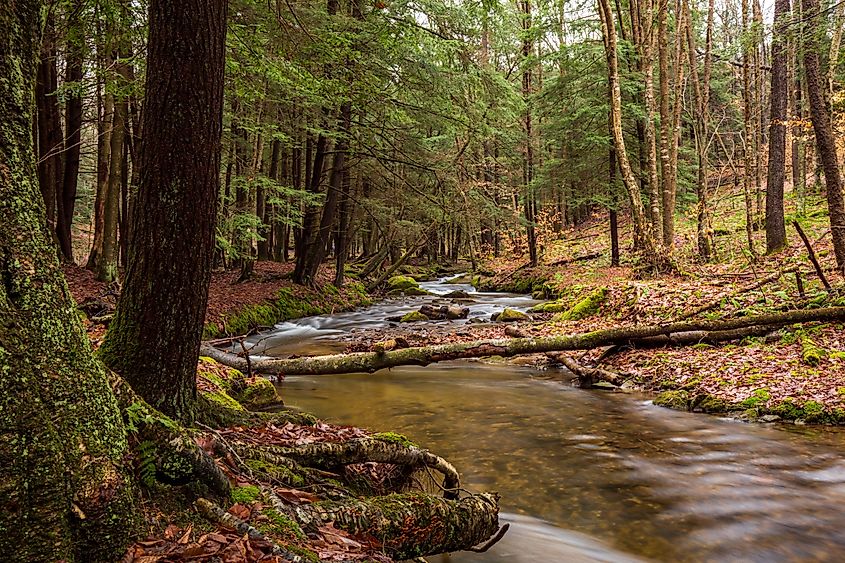
Estimated forest age: 10,000–11,000 years
Established: 1923
Located in northwestern Pennsylvania, Allegheny National Forest protects what was once part of the vast Eastern Hemlock and hardwood forests that blanketed the region after the glaciers melted around 11,000 years ago.
Although the original forests were heavily logged during the 19th century, pockets of ancient trees survived, and reforestation efforts have helped restore the natural balance. Today, the forest spans over 500,000 acres, home to old-growth tracts such as Hearts Content Scenic Area, where 300–400-year-old white pines still stand tall.
The Allegheny is also rich in biodiversity, offering habitats for black bears, bobcats, and bald eagles. Its wild rivers and scenic drives make it a hidden gem for those looking to connect with an ancient, rebounding forest landscape in the Northeast.
Calaveras Big Trees State Park, California
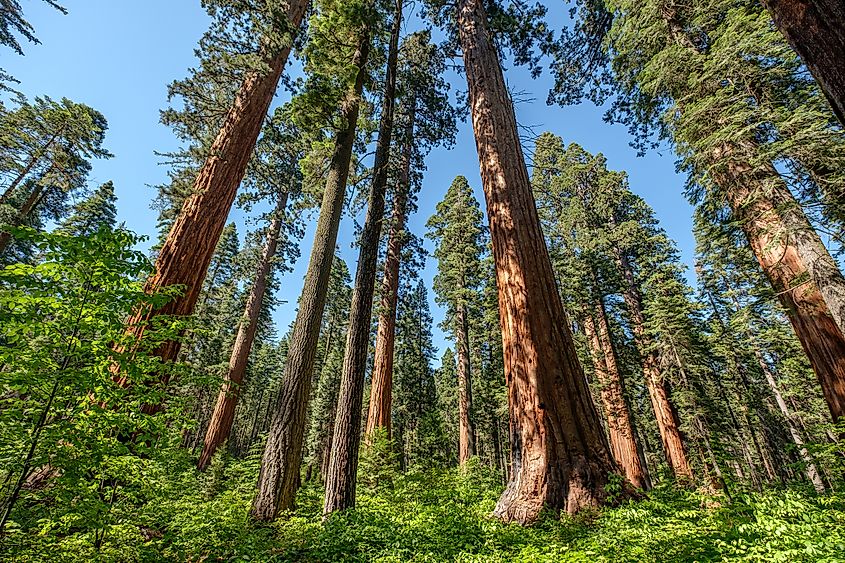
Estimated grove age: Over 1,500 years
Established: 1931 (State Park)
While not as old as the fossilized forests of Arizona or the post-glacial woodlands of the East, the giant sequoia groves of Calaveras Big Trees State Park are among the oldest living trees on Earth—and the park itself has a fascinating place in American environmental history.
The sequoias here, including the massive Discovery Tree (felled in the 1850s), have stood for over 1,500 years. These trees have survived fires, storms, and centuries of climatic change. The park helped kickstart the conservation movement after the destruction of its first giant sparked public outcry and advocacy.
Located in the Sierra Nevada foothills, Calaveras may not be a national park, but it offers the same awe-inspiring experience as more famous destinations like Yosemite or Sequoia National Park. Trails like North Grove Trail let you walk among ancient giants with names like the Empire State and the Father of the Forest.
It’s one of the best places to see ancient life not only preserved, but thriving.
Why Ancient Forests Matter
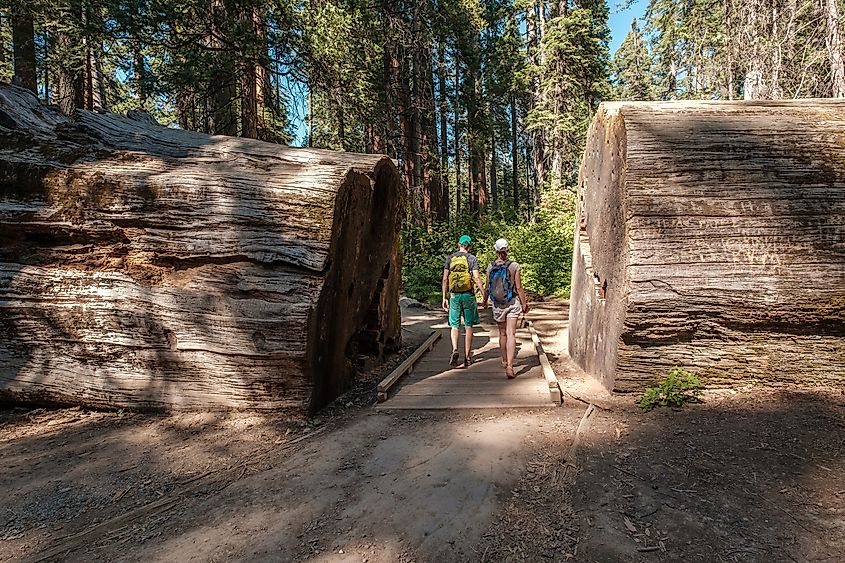
Beyond their age and beauty, these forests play a vital role in modern ecology and conservation. They:
-
Store massive amounts of carbon, helping mitigate climate change.
-
Protect biodiversity, offering refuge to endangered plants and animals.
-
Preserve cultural and Indigenous heritage, often remaining sacred ground.
-
Serve as natural laboratories for scientists studying everything from climate to evolution.
Many of these forests have faced or continue to face threats from logging, development, or climate shifts. But with increased awareness and visitation, more people are beginning to see their value as living history.
Final Thoughts: Stepping Into the Past
Walking through one of America’s oldest forests is more than just a hike—it’s an encounter with deep time. These wild places invite reflection, reverence, and respect. They’re snapshots of ancient Earth, reminders of a world far older than cities and roads.
Whether you’re standing beside a 1,500-year-old sequoia in California or gazing at 200-million-year-old petrified logs in Arizona, you’re witnessing a piece of the past still rooted in the present. These forests may not speak, but they whisper stories through wind and wood, waiting for curious travelers to listen.
